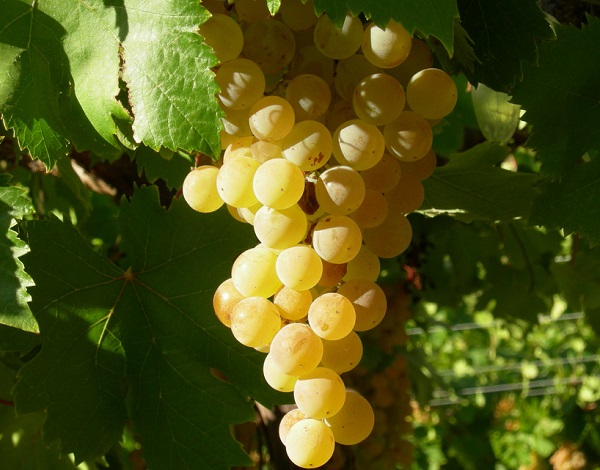Pedro Giménez Flavors
White fruits such as Citrus, white Peaches and green Apples stand out, with notes White Flowers.
Citrus |
Peach |
Apple |
Flowers |
About Pedro Giménez
Pedro Giménez is the most planted white variety in Argentine, with 11,000 hectares.
It is primarily grown in the Mendoza region, where it produces light table wines bottled in liter bottles and bag-in-boxes for easy marketing.
In Chile, 4,400 hectares are planted.
Despite the similar name, the Spanish grape Pedro Ximénez is a different variety. The two grapes are not in any way related.
